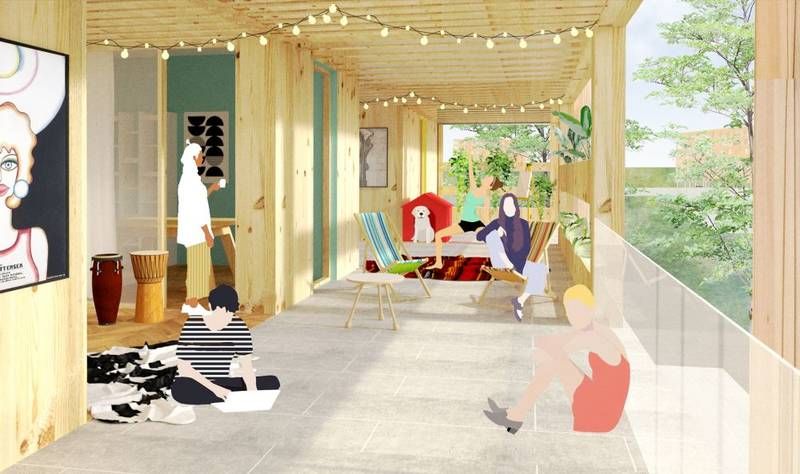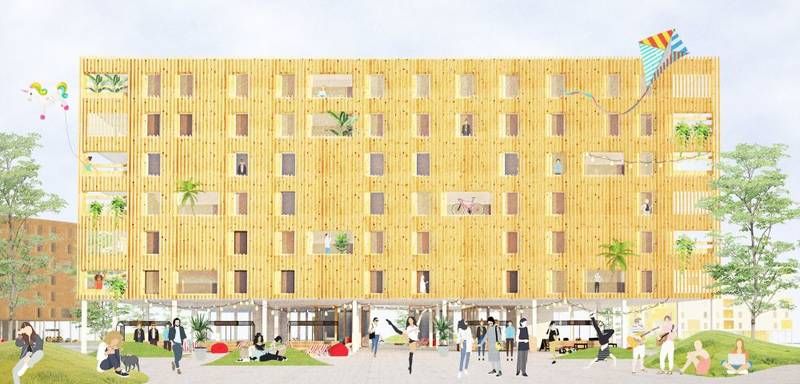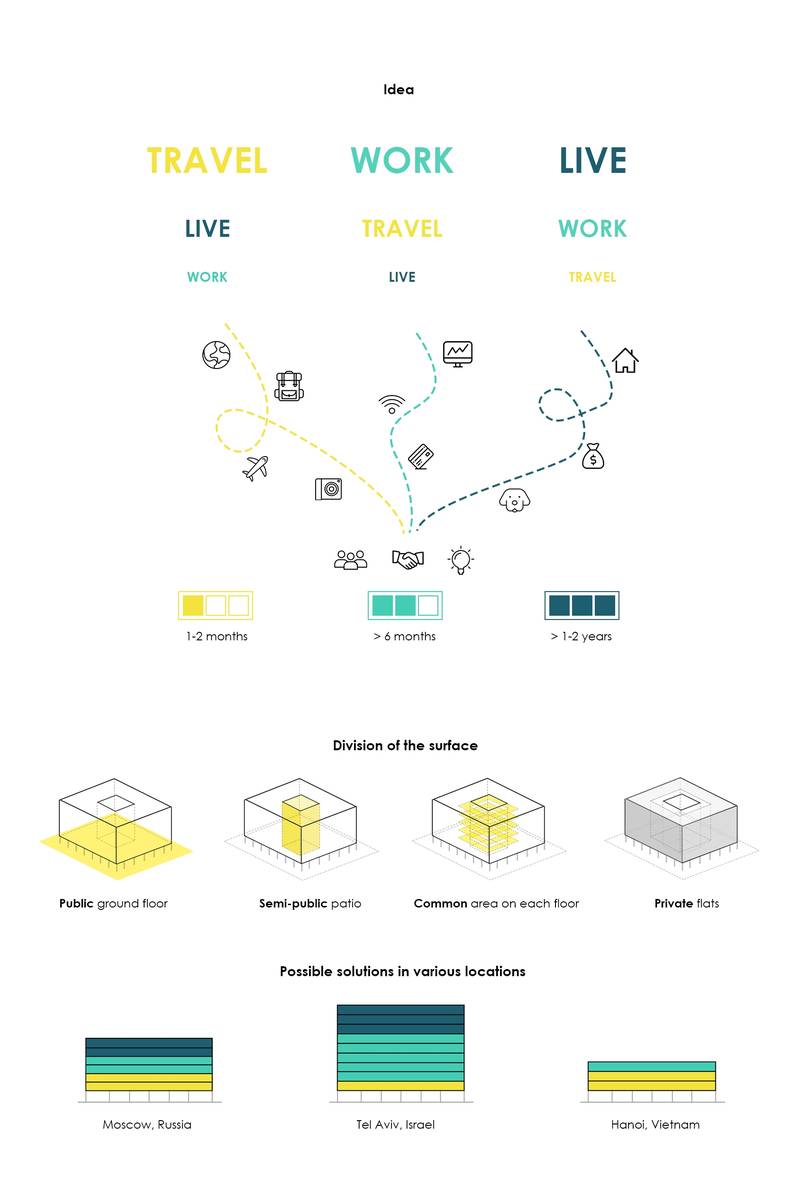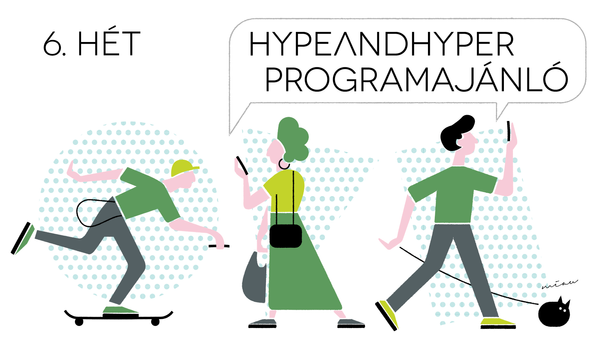In her work, the freshly graduated architect took into consideration the needs of her own generation, generation X, and designed a super-cool collective residential building adjusted to their needs.
Not many teenagers are keen to move into dormitories, yet a Renaissance of the genre can be observed amongst adults – and the reason is not nostalgia, rather the emergence of such snappy and humane solutions such as the concept of Martyna Słowińska, a graduate of the Faculty of Architecture of Wrocław University of Science and Technology.

The young architect created her concept titled “3-living” for the Hustle Hub competition in Moscow. The organizer UNFUSE platform announced a competition for one of Moscow’s old industrial sites, the Lichaczów plant, with the headword “collective co-living”. The area has already started to flourish: it is more and more popular amongst local youth, but the prices of apartments also started to rise simultaneously. Therefore, the applicants also had to answer the question how they would establish cost-efficient living spaces affordable by entry-level workers between the age of 20 and 35. Additional criteria included that the building should not be location-specific, it should rather serve as a prototype that could be implemented at any other point of the world (with a few adjustments), and the designers were required to distance themselves from “hostel-atmosphere”, too – they had to focus on real homes.

In her concept, winner Martyna Słowińska designed a 6-story building, in which open, semi-private and private spaces vary. The public level offers possibility to host workshops, offices, fairs and exhibitions. Semi-private spaces include shared terraces, but in certain cases, the kitchen too – the architect would implement this with a modular structure, this way she would let the owners decide which functions to complement their apartments with.

Słowińska divided the target audience (adults between 20-35) into three groups (this is where the name of the project, 3-living comes from): the first group includes bloggers, photographers and artists who change their residence a lot, also known as digital nomads, the second group consists mainly of IT people, designers and entrepreneurs, who work from home, while the third group answers the needs of people not having strong emotional bonds with their environment, and who change their habitat a lot out of adventurousness.

The jury consisting of Russian, Estonian and Austrian architects praised the work of Słowińska not only for its theoretical content, but also for such elements of practical development as the easily implementable modular structure and eco-conscious solutions, including a hybrid ventilation system, a rainwater tank and solar panels.
Source: whitemad

HYPE | Weekly program guide

SQUARE-ANGLE – Géza Képes










